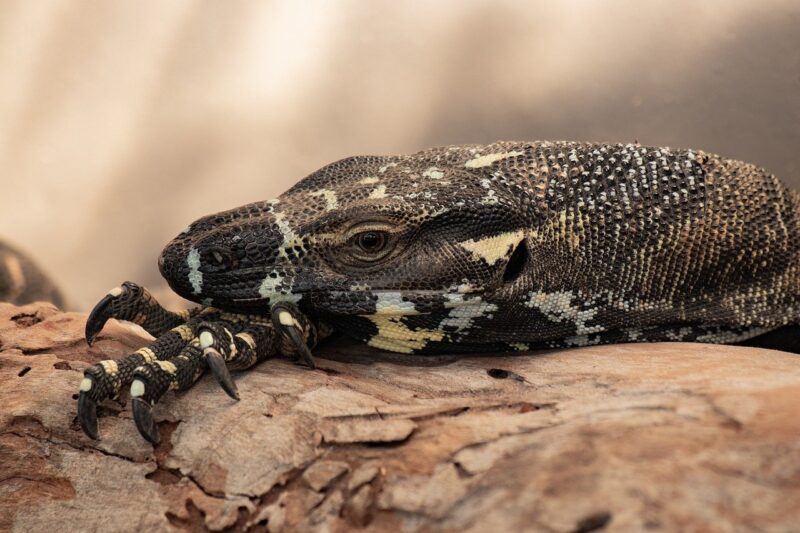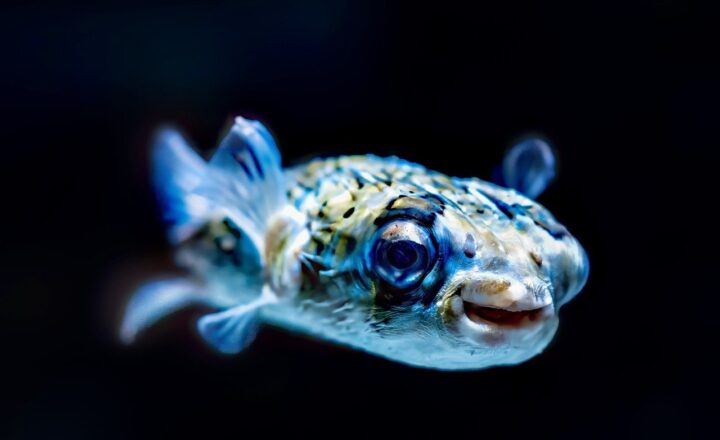How to Care for Exotic Pets: Essential Tips for Reptile and Amphibian Owners
November 15, 2024

Owning exotic pets, particularly reptiles and amphibians, can be an incredibly enriching experience. With their unique behaviors, intriguing sights, and specialized care needs, these creatures often require dedicated attention and understanding. As interest in exotic pets grows, it becomes crucial for owners to educate themselves about proper care to ensure healthy, happy companions. This article will guide you through the essential tips for caring for reptiles and amphibians, from habitat setup to feeding, health, and maintenance.
1. Understanding Your Exotic Pet’s Needs
Before bringing a reptile or amphibian into your home, it’s vital to understand its specific requirements. Each species has different needs concerning habitat, temperature, humidity, and diet. Here’s a breakdown of a few popular pets:
- Lizards: Common choices like bearded dragons and leopard geckos need UVB lighting and specific temperatures to thrive. An appropriate enclosure should have both basking spots and cooler areas to regulate their body temperature.
- Snakes: Species such as ball pythons require secure habitats that replicate their natural environment, including hiding spots and various temperature zones. Snakes often thrive in smaller, well-kept cages that allow them to feel secure.
- Turtles and Tortoises: These reptiles need access to both land and water. Aquatic turtles benefit from filtered water and basking spots; land tortoises require roomy, dry environments with access to sun and shade.
- Frogs and Salamanders: Amphibian care focuses on creating moist environments. Most species require specific humidity levels and clean water systems to thrive, as well as camouflage hiding spaces to help them feel secure.
Understanding their natural habitat is the first step in creating a suitable living environment for your exotic pet.
2. Setting Up the Perfect Habitat
Setting up an enclosure replicating your exotic pet’s natural habitat is crucial for its health and well-being. Here are essential components to consider:
- Enclosure Size: Ensure your pet has sufficient space to move, explore, and display natural behaviors. Larger animals require larger enclosures to thrive.
- Heating and Lighting: Utilize proper heating sources; for many reptiles, basking areas are essential. UVB lighting is necessary for those species that require it, typically found in lizards, tortoises, and some swamp frogs.
- Substrate and Decor: Choose a safe substrate that encourages natural digging behaviors. Incorporate hiding spots, climbing structures, and water features where appropriate. This setup provides your pet enrichment and security, reducing stress levels in their environment.
- Humidity Control: Many reptiles and amphibians thrive in specific humidity ranges. Use a hygrometer to monitor levels and mist the enclosure as needed to maintain the appropriate ambiance.
A well-designed habitat fosters a comfortable environment where your exotic pet can thrive.
3. Diet and Nutrition: Providing Balanced Meals
Proper nutrition is crucial to ensure that your exotic pet grows and thrives. Each species has different dietary preferences:
- Lizards: Most lizards are omnivorous, requiring a balanced diet of insects, vegetables, and fruits. Research specific dietary needs for your species, and consider vitamin supplements if necessary.
- Snakes: Carnivorous snakes typically eat rodents. Depending on the species, you may opt for pre-killed rodents or live prey, but ensure you’re sourcing this food from reputable suppliers.
- Turtles and Tortoises: Most tortoises consume leafy greens, while aquatic turtles often require a diet of fish, insects, and turtle pellets. Research the specific needs of your pet, and offer a variety of foods to ensure balanced nutrition.
- Frogs and Salamanders: Most amphibians eat live insects; ensure you are offering appropriately sized food items that they can ingest easily.
Offering a varied diet rich in vitamins and minerals can promote vibrant colors and good health in your exotic pet.
4. Health and Well-Being: Monitoring Your Pet
Regular health checks are essential to ensure your animal’s well-being. Here are some indicators of health and issues to watch for:
- Behavioral Changes: Monitor for changes in activity levels, appetite, and disposition. Lethargy or loss of interest in food can be signs of underlying health issues.
- Skin and Shedding: Healthy reptiles should have smooth and unblemished skin. Pay attention to any shedding issues, as stuck skin can lead to injuries or infections.
- Breathing Patterns: Listen for any wheezing or unobtrusive breathing. Respiratory problems can indicate health issues needing veterinary attention.
- Regular Vet Checkups: Schedule regular checkups with a vet specializing in exotic pets to catch potential health problems early and receive vaccinations where needed.
Proactive care and monitoring go a long way in preventing health issues in your exotic pets.
5. Socialization and Handling: Building Trust
Socialization is important for exotic pets to create a bond with their owners. Here are tips for handling:
- Create a Calm Environment: Be sure your pet is comfortable and secure before handling. Avoid sudden loud noises and ensure they have adequate hiding spots to retreat to if they feel stressed.
- Start Slowly: Introduce your pet to handling gradually. Allow them to acclimate to your touch before picking them up. Gently stroke or let them crawl on your hand while seated in a low-stress environment.
- Respect Their Space: Not all pets enjoy handling; respect your pet’s individual personality and preferences. Allow them to initiate interaction on their own terms.
Through thoughtful handling, you can develop a trusting relationship with your exotic pet, enhancing their well-being and happiness.
Conclusion: Enjoying Your Journey with Exotic Pets
Caring for exotic pets can be a rewarding adventure filled with wonder. By understanding their unique needs, properly setting up their environment, providing balanced nutrition, monitoring their health, and building a trusting relationship, you can ensure your reptiles and amphibians live fulfilling lives. Take the time to learn and invest in your pet’s care, and you will be rewarded with companionship that is unlike any other. Exotic pets deserve the best, and with dedicated care you can help them thrive in your home.






